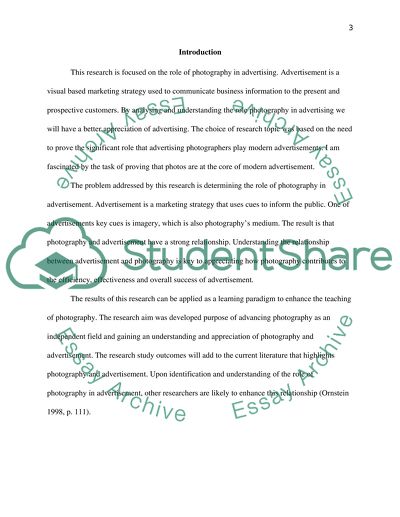Cite this document
(“Role of the Photography in Advertising Coursework”, n.d.)
Retrieved from https://studentshare.org/visual-arts-film-studies/1644106-role-of-the-photography-in-advertising
Retrieved from https://studentshare.org/visual-arts-film-studies/1644106-role-of-the-photography-in-advertising
(Role of the Photography in Advertising Coursework)
https://studentshare.org/visual-arts-film-studies/1644106-role-of-the-photography-in-advertising.
https://studentshare.org/visual-arts-film-studies/1644106-role-of-the-photography-in-advertising.
“Role of the Photography in Advertising Coursework”, n.d. https://studentshare.org/visual-arts-film-studies/1644106-role-of-the-photography-in-advertising.


